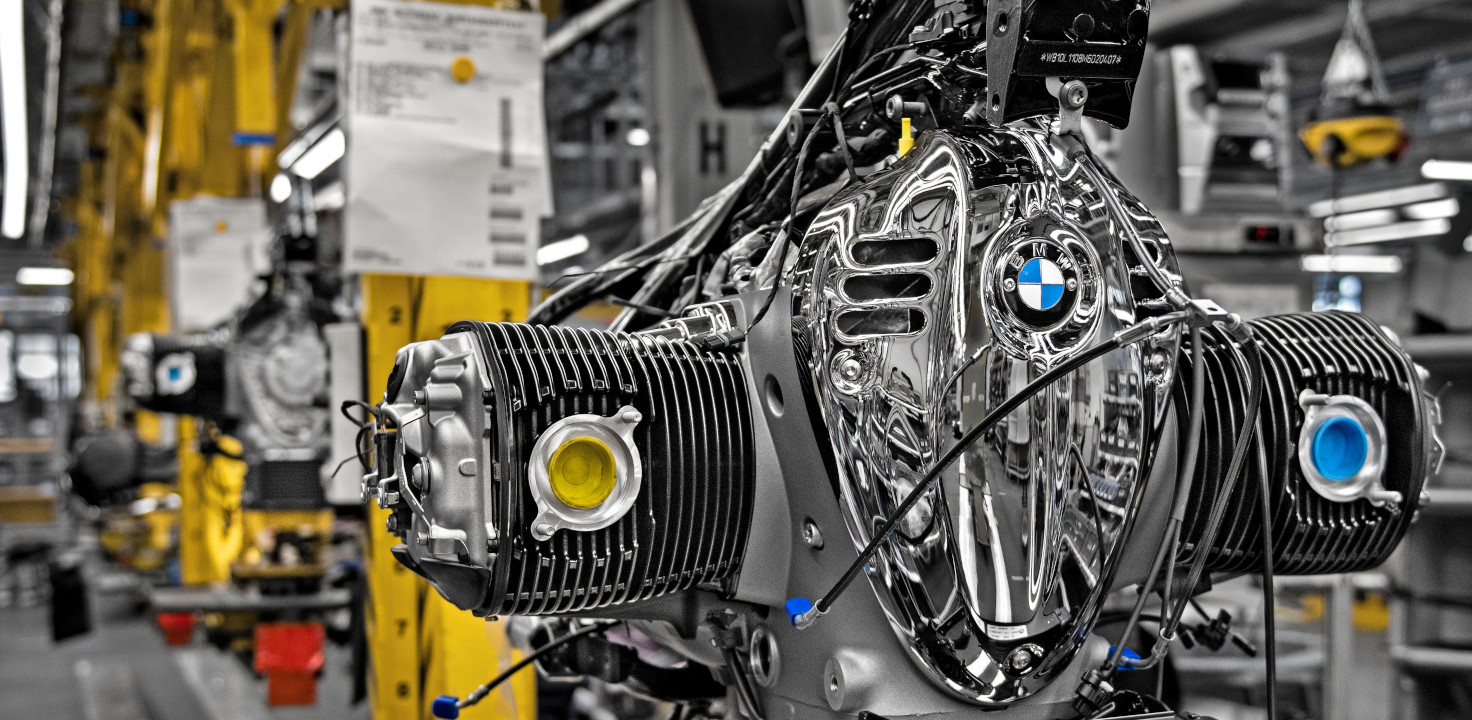The Function of BMW Engine Design in Getting Exceptional Fuel Efficiency
The Function of BMW Engine Design in Getting Exceptional Fuel Efficiency
Blog Article
Exploring the Development of Combustion Engines in Modern Transport Equipments
As we browse the landscape of contemporary transportation, the advancement of burning engines stands as a testament to human ingenuity and engineering prowess. The interaction of background, innovation, and ecological worries in shaping the trajectory of burning engines develops a story that is both insightful and engaging.
Early Beginnings of Combustion Engines
Just how did the principle of burning engines first arise in the early phases of transport development? The origins of combustion engines can be traced back to the 17th century when the principles of inner burning were very first explored.
The development minute came with the invention of the very first successful gasoline-powered engine by Karl Benz in 1885 - bmw engine. This engine led the way for the advancement of the modern auto, revolutionizing transport systems worldwide. Succeeding innovations by Nikolaus Otto and Gottlieb Daimler better fine-tuned combustion engine technology, resulting in the automation of autos and the rapid development of the transportation industry
These early burning engines were characterized by their simplicity and performance, laying the foundation for the facility and effective engines used in modern transportation systems. The advancement of burning engines has been critical fit the way we take a trip and transport goods, noting a considerable turning point in the background of transport growth.
Transition to Internal Burning Modern Technology
The shift to internal combustion innovation marked a critical shift in the evolution of transportation systems. This change started in the late 19th century, with innovators like Nikolaus Otto and Gottlieb Daimler establishing the first effective interior burning engines. These engines transformed transport by providing a much more reliable and effective option to steam engines and electrical motors.
Among the key advantages of interior burning engines was their capacity to be reduced to suit cars, leading to the development of motorcycles and automobiles. This shift from bulky, fixed engines to compact, mobile ones led the means for the modern-day transport systems we see today.
The transition to internal combustion modern technology also spurred developments in gas technology, bring about the advancement of gas and diesel as primary gas sources for vehicles. This change not only made transportation more obtainable to the masses but additionally laid the foundation for the oil and gas industry to end up being important to international economic climates.
Effect of Combustion Engines on Transport
The adoption of burning engines in transport systems militarized an extensive shift in the efficiency and rate of worldwide movement. Combustion engines changed transport by providing a dependable and functional resource of power for various cars, consisting of autos, trucks, ships, and aircrafts. This innovation substantially improved the capability for items and people to move over fars away in shorter time structures, causing raised connection in between regions and nations.
Moreover, the widespread use combustion engines has actually had a considerable influence on economic development. The capability to transport items successfully you can try here has actually stimulated trade and business, permitting businesses to expand their markets and get to consumers worldwide. This has actually assisted in financial growth and globalization, as items can now be carried quicker and in larger quantities than ever.
However, the ecological impact of burning engines can not be forgotten. The burning of nonrenewable fuel sources has actually brought about air contamination and greenhouse gas exhausts, adding to environment modification and positioning health and wellness dangers to populaces. bmw engine. Consequently, there is a growing focus on creating alternative propulsion innovations to reduce these negative results and produce a more lasting future for transport
Advancements in Combustion Engine Style
One notable development is the growth of turbocharged engines, which make use of exhaust gases to drive a wind turbine that compresses inbound air, enabling for more fuel to be charred, resulting in boosted power outcome without a substantial rise in engine size. Variable shutoff timing systems have actually also revolutionized engine style by enhancing airflow at various engine rates, improving both power and effectiveness. These developments jointly add to the constant improvement of combustion engines in modern-day transportation systems.
Future Patterns in Combustion Engine Development
With modern technology innovations driving continual development, the future of burning engine advancement is poised to change transport systems internationally. One my sources of the key trends in combustion engine advancement is the press in the direction of greater efficiency and reduced emissions.
An additional popular fad is the fostering of crossbreed modern technologies in combustion engines. Hybrid engines incorporate typical burning innovation with electrical power, offering boosted gas performance and reduced emissions. As the automobile industry shifts in the direction of electrification, crossbreed combustion engines are viewed as a transitional remedy that bridges the space in between conventional lorries and completely electrical ones.
Furthermore, the integration of clever modern technologies, such as fabricated intelligence and data analytics, is anticipated to play a considerable function in the future of combustion engine advancement. These technologies can enhance engine efficiency in real-time, resulting in much more efficient combustion processes and boosted total vehicle efficiency. Welcoming these future patterns will certainly not only drive development in combustion engine growth however also add to a more environmentally friendly and sustainable transport ecological community.

Final Thought
In final thought, the evolution of combustion engines in modern-day transport systems has been marked by substantial improvements in innovation and design. From the very early starts of burning engines to the transition to inner combustion modern technology, these engines have actually had a profound impact on transportation.
The origins of combustion engines can be mapped back to the 17th century when the concepts look these up of interior combustion were first discovered. These engines revolutionized transport by providing a much more efficient and powerful choice to steam engines and electrical motors.

Report this page